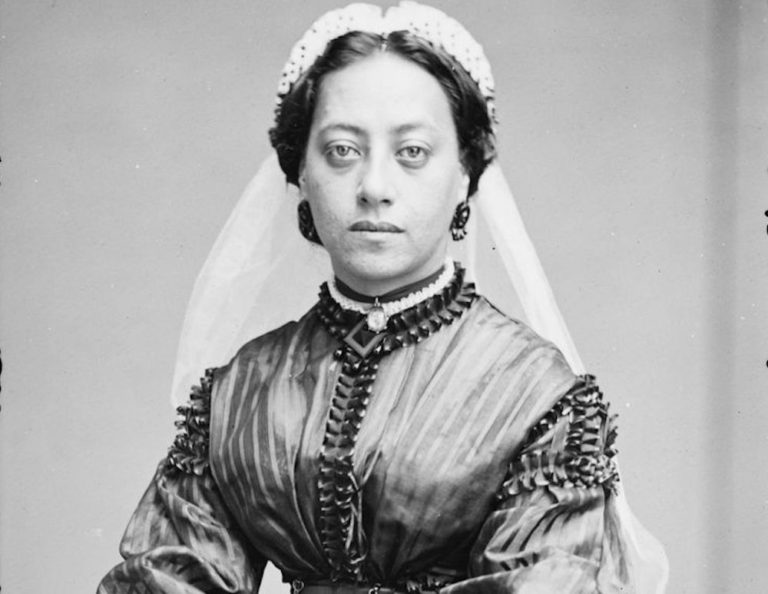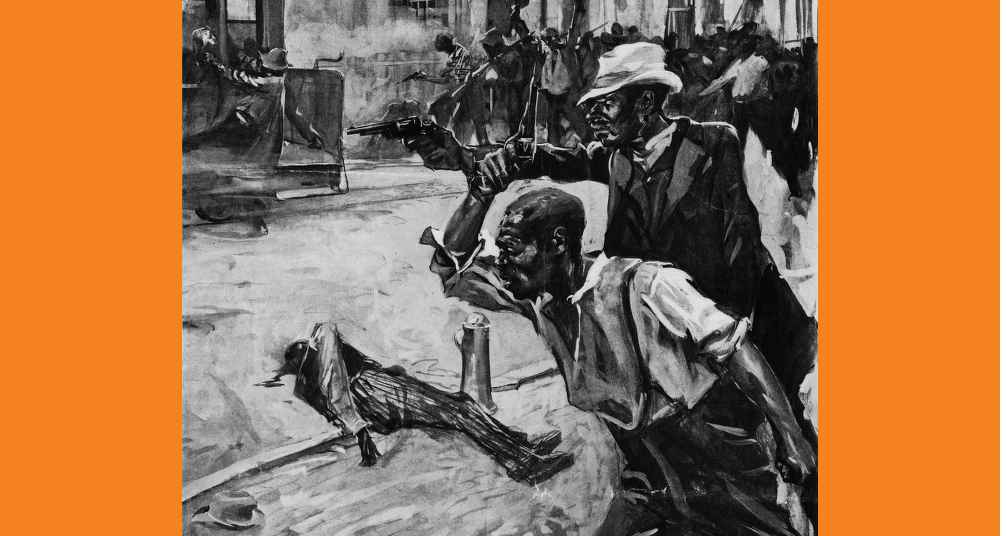A Girl Full of SmartnessPosted in Articles, Biography, History, Media Archive, Passing, United States, Women on 2018-04-24 02:25Z by Steven |
The Paris Review
2017-06-02
Edward White
As an entrepreneur, civil-rights activist, and benefactor, Mary Ellen Pleasant made a name and a fortune for herself in Gold Rush–era San Francisco, shattering racial taboos.
They did things differently in the Old West. On the morning of August 14, 1889, Stephen J. Field, a justice of the Supreme Court, was eating breakfast at a café in Lathrop, California, when David S. Terry, a former bench colleague, stopped by Field’s table and slapped him twice across the face.
This was not unprecedented behavior. Despite having risen to the rank of chief justice of the Supreme Court of California, Terry was described by one contemporary as an “evil genius” with an “irrepressible temper,” who once stabbed a man for being an abolitionist and killed a Congressman wedded to the Free Soil movement. His gripe with Stephen Field, however, had nothing to do with slavery. In 1883, Terry’s wife had filed a lawsuit (Sharon vs. Sharon) against the multimillionaire U.S. Senator William Sharon, claiming she had been married to him in secret some years ago and that, having been callously discarded by the womanizing senator, she was owed a divorce settlement. After five years the case ended up at a federal circuit court, where Field found in favor of William Sharon; there would be no divorce settlement. Terry was livid and promised to exact revenge.
It was only the latest twist in what had been a bizarre case. On the first day of the trial, William Sharon’s attorney asserted that his client was the victim of a plot involving an elderly black woman who had used voodoo to steal Sharon’s hard-earned fortune. That woman was known to the San Francisco public as “Mammy Pleasant,” around whom sinister rumors had swirled for years. Some accused her of being a murderess, a madam, and a practitioner of black magic who befriended white families only to curse them and bleed them dry; a nightmarish image of “the mammy gone wrong,” to quote one historian. But just as many—especially among the black community—knew her as Mary Ellen Pleasant: an ingenious entrepreneur, pioneering civil-rights activist, and beloved benefactor who broke racial taboos and played a singular role in the early years of San Francisco…
Even within her lifetime, there were several competing stories about Pleasant’s origins. One version has her born into slavery in Georgia; another says she was the daughter of a wealthy Virginian planter who had a fling with a voodoo priestess from the Caribbean. In her published reminiscences she claimed to have been born in Philadelphia in 1812, to a Hawaiian father and “a full-blooded Louisiana negress.” Racial mixing and ethnic ambiguity, themes that would repeat over and again throughout Pleasant’s life, appear to have been part of her identity from the start…
Read the entire article here.

